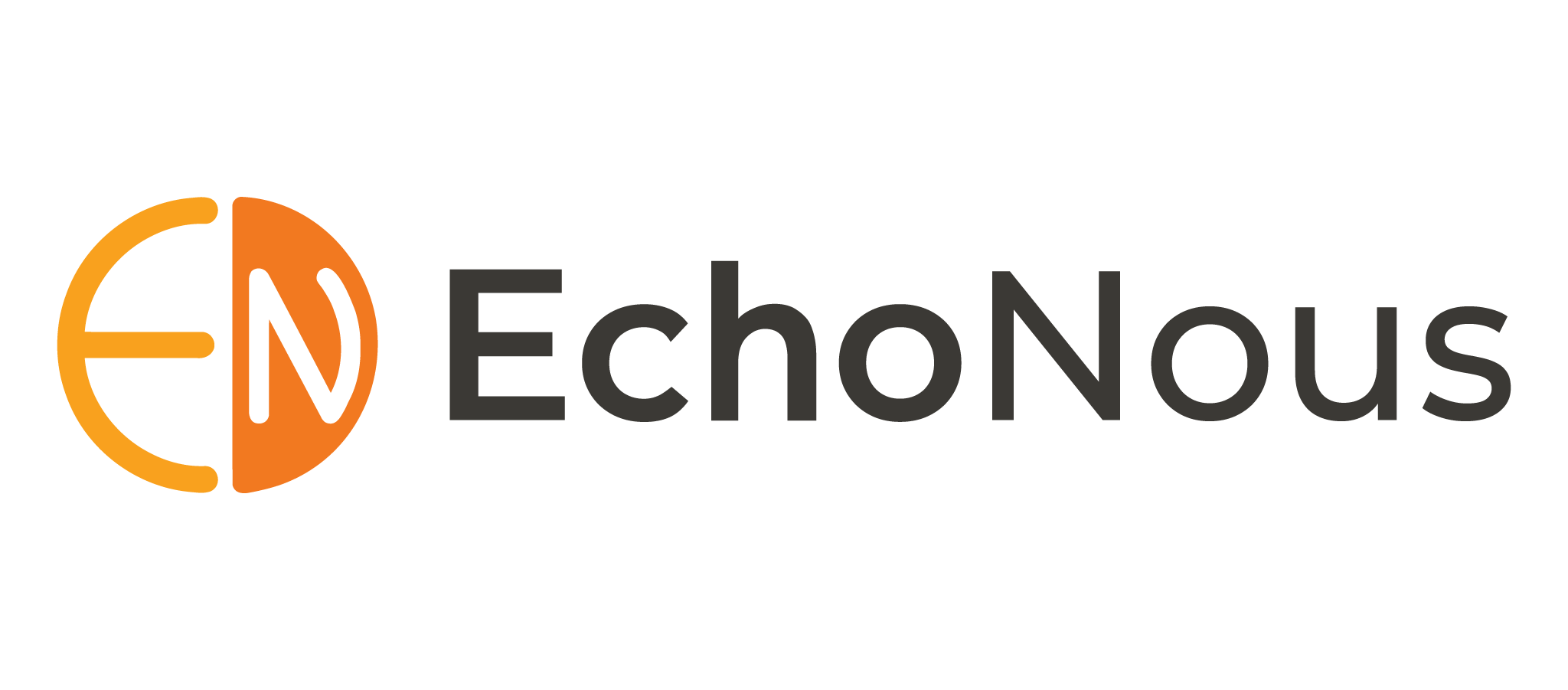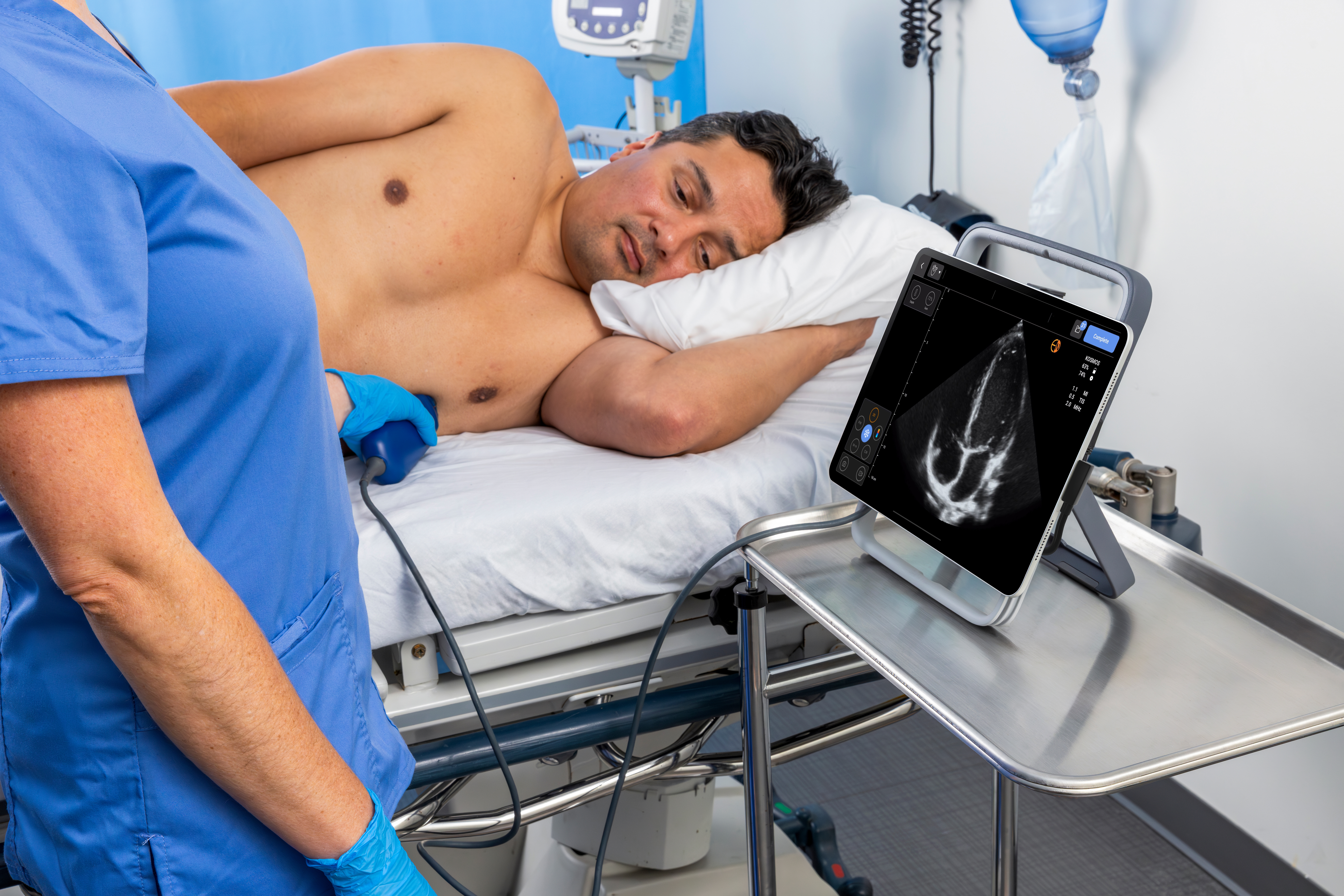2024:
A Landmark Year for POCUS
The landscape of Point-of-Care Ultrasound (POCUS) is poised for a significant transformation this year. We expect to see major advancements in the adoption and application of POCUS across numerous areas in healthcare.
In this blog post, we’ll delve into three key trends we have identified that are set to define POCUS for the remainder of this year. These trends will ultimately benefit patients and providers alike. Read on for what to expect more of in 2024:

Increased POCUS adoption by non-traditional users will improve access to care and quality of care
2024 is the year where more historically non-traditional POCUS users, including advanced practice practitioners (APPs), nurses, and skeptical doctors will embark on their journey embracing ultrasound scanning, a shift that promises to massively streamline efficiencies across healthcare systems.
This broadening of the user base is not just a speculative trend – the point-of-care space continues to outpace growth of traditional ultrasound applications and is underpinned by a growing appreciation of the utility of POCUS in diverse medical scenarios.
Esteemed Stanford cardiologist Dr. Peter Fitzgerald put it this way: “Picture this scenario – in my living room, my 21-year-old daughter conducted my echocardiogram using AI (artificial intelligence) and the [Kosmos] POCUS device, which took just 9 minutes. Consider the revolutionary impact on diagnosis, potential management, and our perception of healthcare.”
Enhancing Healthcare Efficiency
The entry of new users into the POCUS sphere is more than a mere expansion of numbers; it represents a leap in the efficiency of healthcare delivery. As different medical professionals incorporate POCUS into their routine, the speed and accuracy of diagnosis and treatment are expected to improve significantly, not to mention the reduced burden the application of more preventative screenings can have on the overall healthcare system.
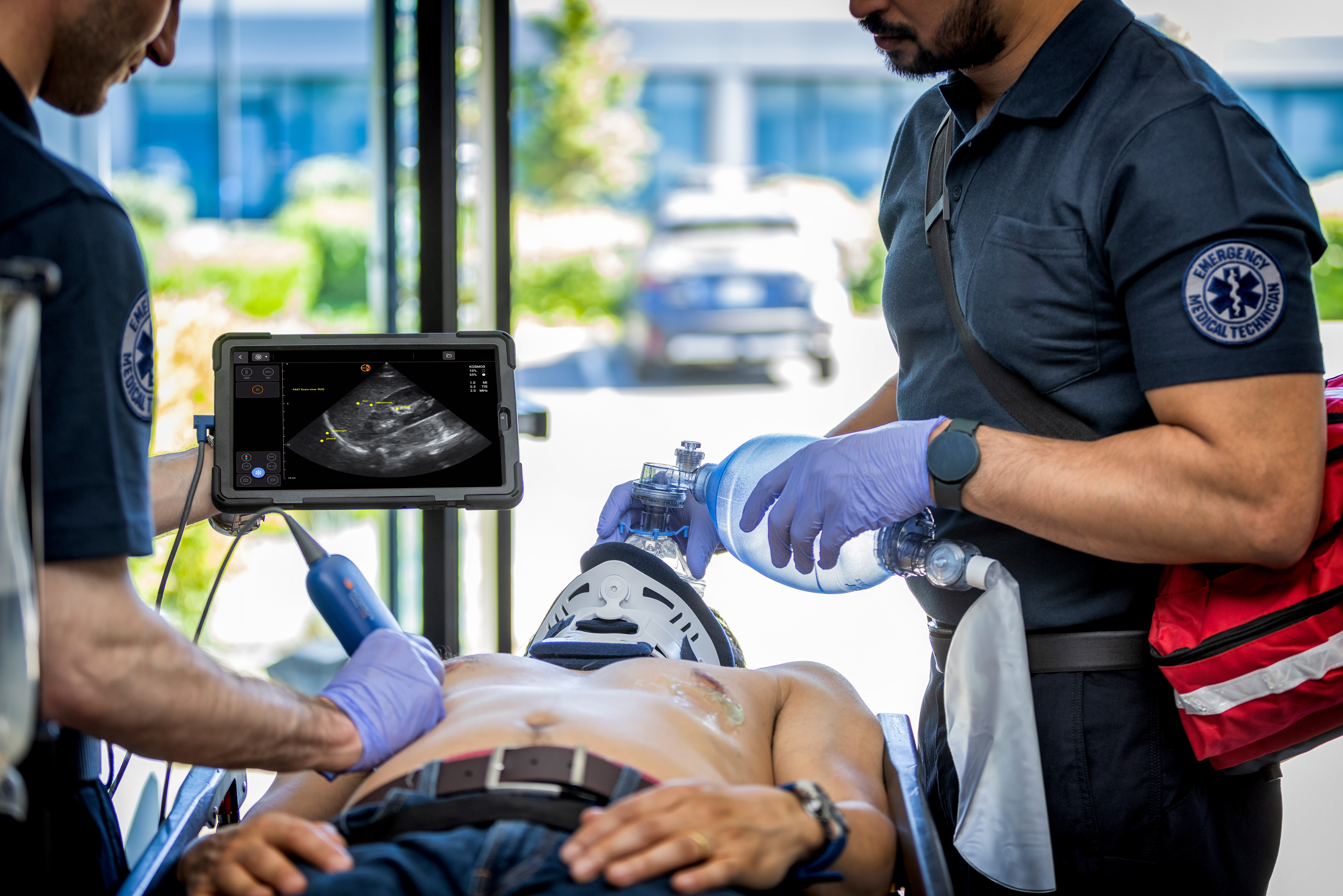
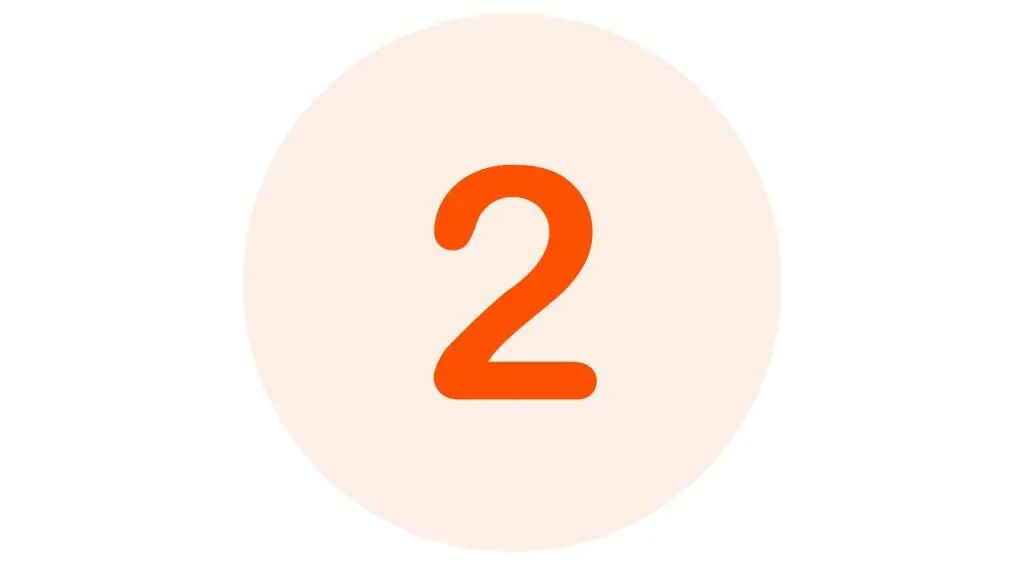
AI-equipped POCUS devices will make ultrasound easier to learn for novice users
A crucial factor driving this trend is the emergence of research validating the capability of novice POCUS users, even those with very limited training, to produce diagnostic-grade images. These images can then be interpreted by POCUS experts or AI models, extending the reach and impact of this technology.

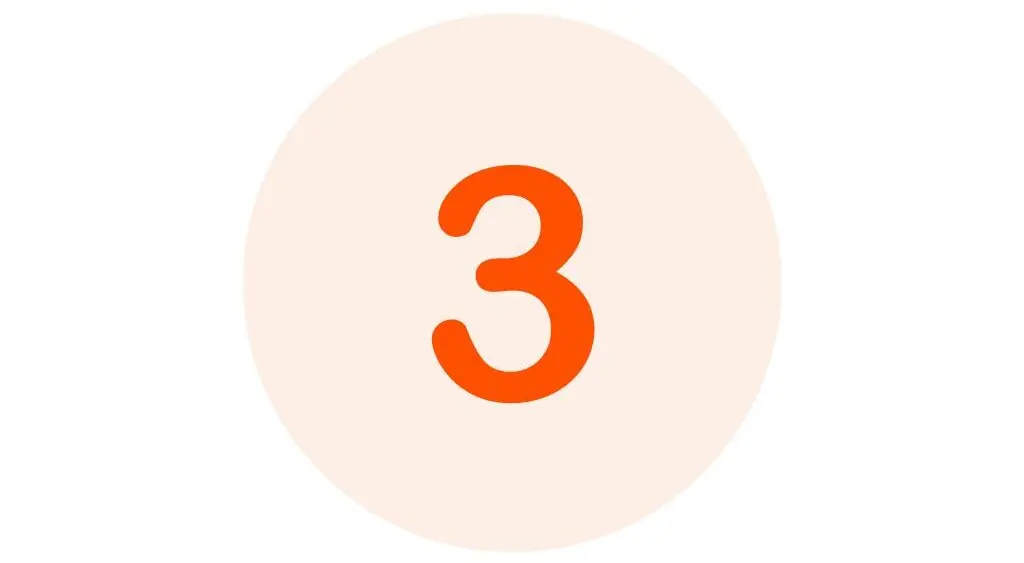
AI capabilities in POCUS will drive increased ultrasound utilization and availability
2024 will also witness an upsurge in the use of Artificial Intelligence tools in POCUS. With insights from 2023 studies becoming more mainstream, AI’s role in POCUS is set to broaden.
The scope of AI in POCUS is expanding beyond traditional boundaries. For example, the Auto EF workflow on the Kosmos Torso allows any POCUS user to perform Ejection Fraction calculations at the bedside with accuracy on par with highly trained POCUS users, including cardiac sonographers.
The AI-driven Auto EF workflow embedded in the Kosmos device software has been benchmarked against gold-standard cart-based TTE and has been shown to have comparable diagnostic performance. This advancement represents a paradigm shift in how patient data is collected and analyzed.
Affordability Driving Wider Adoption
Finally, the affordability of advanced ultrasound equipment will play a crucial role in 2024. As devices become more budget-friendly, hospitals will be able to equip a larger number of their staff with these tools, further democratizing access to POCUS devices.


Kosmos Plus
Consider the Kosmos Plus, priced under $20k. It encompasses cutting-edge AI, advanced Doppler features, and multiple transducers, all bundled with a 12.9-inch iPad® Pro and medical-grade stand. Comprehensive yet affordable solutions like Kosmos Plus are set to become the norm, catering to the growing demand for sophisticated, user-friendly POCUS devices.
2024 is shaping up to be a banner year for POCUS. With the convergence of technological advancements, research insights, and increasing affordability, we are on the cusp of a new era in point-of-care ultrasound diagnostics, one that promises to enhance patient care and revolutionize medical practice.
